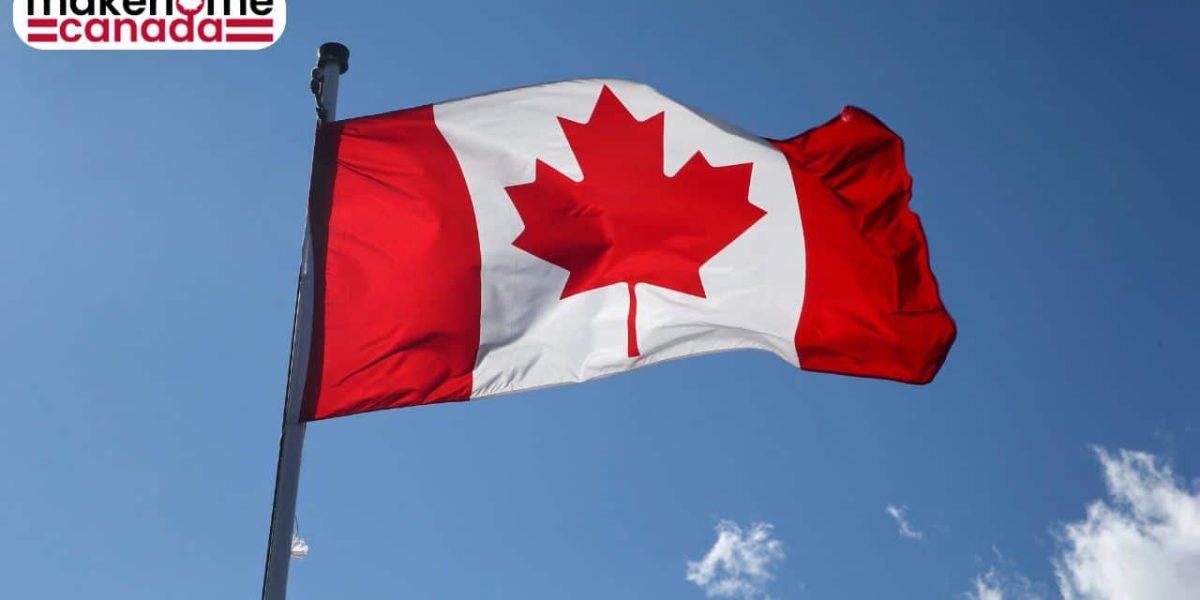The FMRI, i.e., Forum of Ministers Responsible for Immigration, met again today in Halifax for its midterm meeting.
Meetings are held twice yearly, with the most recent occurring in Saint John, New Brunswick, on July 28.
Immigration ministers of Canada from the federal, provincial, & territorial governments make up the FMRI. The meetings provide a forum for the two levels of government to discuss Canada’s most pressing immigration concerns.
During their most recent meeting, the immigration ministers of Canada sought to augment the effectiveness of the immigration system. This was done to meet economic & regional needs, including increasing provincial/territorial (PT) participation in the selection process.
In addition, they requested more input on the modernization of Express Entry and an increase in PT Nominee Program allocations (PNPs). The provinces intended to provide timely multi-year allowances by March 31, 2023.
In today’s meeting, the ministers spoke optimistically about Canada’s support for immigration and how they’ve been able to build on goals outlined in the summer.
Plan for the Provincial Nominee Program and the Atlantic Immigration Program
Notably, the immigration ministers of Canada have approved the first-ever multi-year plan for the Provincial Nominee Program (PNP) and the Atlantic Immigration Program (AIP). This plan will assist provinces and territories in outlining their admissions and settlement of immigrants in advance. New Brunswick’s immigration minister, Arlene Dunn, stated on behalf of the provinces and territories that they are best positioned to select economic immigrants. In addition, Minister Dunn noted that expanding the PNP, AIP, & Rural and Northern Immigration Pilot will assist in reducing the IRCC backlog and improve processing times to meet clients’ needs better. For 2023, the plan calls for a 44% increase in PNP allocations.
These immigration ministers of Canada also stated that accelerating processing times would help reduce system duplication, contributing to the backlog. They acknowledged the emerging difficulty of locating affordable housing for new immigrants and the current strain on settlement services across the nation.
The immigration ministers of Canada are also looking for numerous ways to improve receiving an ECA, i.e., Educational Credential Assessment or foreign credential recognition by working more closely with each other and other stakeholders, like labor ministers, employers, and chambers of commerce. They highlighted crucial areas, such as the selection phase, understanding the complex regulatory environment, and improving FCR pre-arrival information sharing. Acquiring a credential quickly is essential for newcomers to practice their profession fully.
“Partnership, collaboration, & a shared vision for enhancing Canada’s immigration policies and programs are central to how federal, provincial, & territorial governments navigate the ever-changing immigration landscape,” Minister Dunn stated. “Through today’s meeting, we hoped to gain momentum in clarifying the roles and responsibilities of our respective governments in attracting, integrating, and retaining immigrants.”
Shared responsibility for Immigration Ministers
Since Canada’s founding in 1867, provincial and federal governments have shared immigration responsibilities. The primary purpose of these conferences is to promote immigration throughout Canada.
Provincial Nominee Program is one of the primary elements of this shared responsibility (PNP). Except for Quebec and Nunavut, each province operates its PNP through which candidates for permanent habitation can express a desire to work and reside in a specific province. So, Quebec is responsible for its immigration system.
If the provincial government thinks that the candidate can integrate into the workforce and contribute to the province’s economy, they may offer the candidate a provincial nomination. Nomination does not necessarily indicate permanent residency, but it can strengthen a candidate’s application to the federal government.
Immigration, Refugees and Citizenship Canada (IRCC) have the final say on the number of candidates invited to apply for permanent residency (PR) under a PNP. Under the Immigration Levels Plan, IRCC establishes an annual admissions target for the PNP. Then, a few months later, it communicates individual PNP objectives to each province and territory.
In the meeting that occurred last summer, PT ministers advocated for increased allocations. This was due to labor shortages and a desire for greater control over the economic immigrants who settled and their capacity to fill labor force gaps.
In 2025, the Immigration Levels Plan 2023-2025 indicates that PNP admissions will outperform federal high-skilled (Express Entry) admissions.
Provinces and territories routinely conduct immigration draws. This week, British Columbia, Ontario, & Manitoba held PNP draws, while Quebec showed its appeal under its system.
Provincial immigration results for March 4-10
British Columbia
British Columbia invited 276 candidates via BC PNP on March 7.
The general draw had 229 candidates from the International Skilled Worker & International Graduate streams. They had minimum SIRS scores of 100 and 105, respectively. In addition, there were Express Entry candidates in both streams.
So, candidates with a minimum score of 85 for Entry-Level and Semi-Skilled positions were also eligible for nomination.
Additionally, the province of British Columbia held occupation-specific draws for all the candidates in the Skilled Worker & International Graduate streams (including Express Entry). All required a SIRS score of at least 60.
- Twenty-six early childhood educators and assistants (NOC 4214)
- 19 healthcare professionals
Ontario
Ontario conducted two draws this week under the Express Entry Human Capital Priorities stream.
The March 9 drawing targeted 822 healthcare professionals with Comprehensive Ranking System (CRS) scores between 469 and 489. The second draw was held on March 10 and targeted 815 candidates with a CRS score between 479 and 484 in technical occupations.
Manitoba
On March 9, Manitoba invited 576 candidates across three categories.
There was an occupation-specific draw for Skilled Worker occupations within National Occupational Classification (NOC) 2021 major group 65 (sales and service support occupations). This is because the province has identified this sector as having a high demand for labor. Under this category, the province invited 224 candidates with minimum scores of 612.
In addition, Manitoba invited 277 candidates from the Unspecified Skilled Worker Stream. These candidates needed a score of at least 675.
Under the International Education Stream, Manitoba invited 53 candidates. With scores of 666, an additional 43 candidates were invited as Skilled Workers Overseas.
In addition to the total number of invited candidates, 45 were Express Entry candidates.
Quebec
The Regular Skilled Worker program in Quebec invited 1,017 candidates to apply for permanent selection on March 2. This week, the results of the draw were published.
The draw invited candidates with a minimum score of 589 points, not restricted to any particular occupation. Alternatively, invited candidates may have received a valid job offer outside Communauté métropolitaine de Montréal.




